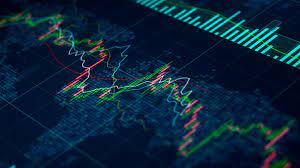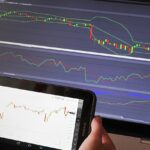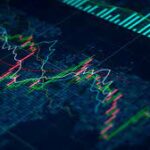Algorithmic trading has become increasingly popular among traders, with complex algorithms being used to make transactions automatically. By using this approach, traders can benefit from faster trade execution, higher accuracy, and reduced human errors. One of the key components of algorithmic trading is the use of economic data. Economic data can provide valuable insights into market trends, which can be used to develop profitable trading strategies.
Developing an Algorithmic Trading System
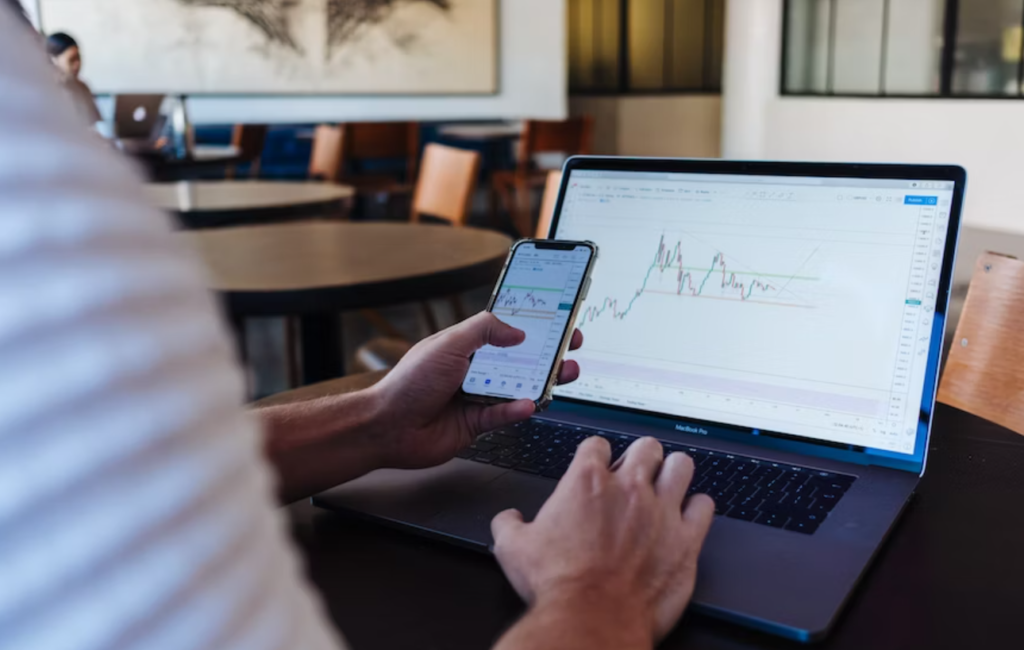
To use economic data effectively in algorithmic trading, traders must ensure that their systems are up to date with the latest economic news and events. This is where an economic calendar can be a valuable tool. The economic data calendar provides traders with real-time updates on all upcoming economic events, from those of high importance to those of less importance, including the release of economic data. By staying informed about economic events, traders can adjust their trading strategies accordingly, and make better-informed trading decisions.
When developing an algorithmic trading system, traders typically use a combination of technical analysis and fundamental analysis. Technical analysis involves analyzing charts and indicators to identify patterns and trends in price movements. On the other hand, fundamental analysis involves analyzing economic data and other fundamental factors that may impact market trends.
Economic data, such as interest rates, GDP, and employment figures, can have a significant impact on the markets. When this data is released, it can cause market volatility, which can be exploited by algorithmic trading systems. For example, a trading algorithm may be programmed to automatically execute trades based on specific economic data releases, such as interest rate decisions.
Optimization
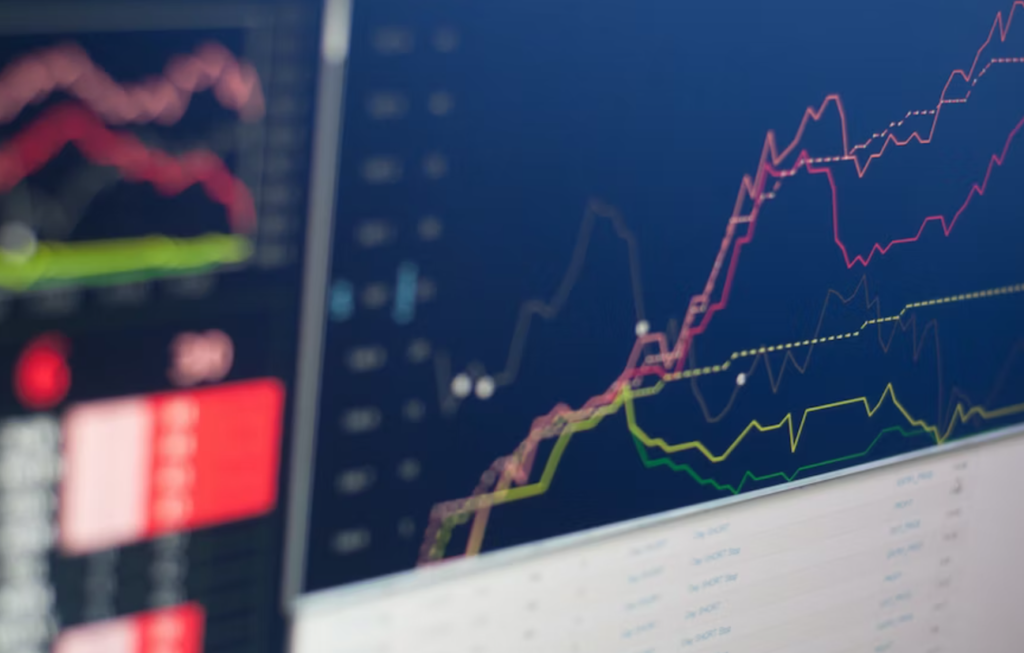
In addition to using economic data to make trading decisions, traders can also use economic data to optimize their trading algorithms. For example, a trading algorithm may be programmed to buy or sell specific currency pairs based on the release of economic data, such as interest rate decisions. By analyzing historical economic data, traders can identify patterns and trends in market movements that can be used to optimize their trading algorithms. Traders can also incorporate economic data into their risk management strategies by using it to set stop-loss orders and manage their portfolios more effectively.
Sentiment Analysis
Another way that economic data can be used in algorithmic trading is through sentiment analysis. This involves analyzing social media and news sources to gauge market sentiment. By using sentiment analysis, traders can gain insights into the market’s overall mood and adjust their trading algorithms accordingly. For example, if sentiment analysis indicates that the market is bearish, a trading algorithm may be programmed to sell specific assets automatically. This form of analysis can be combined with other technical and fundamental analysis methods to further refine trading algorithms and increase their effectiveness.
To summarize, economic data is critical in algorithmic trading. Traders can improve the accuracy and profitability of their trading systems by using economic data to design trading strategies, optimize trading algorithms, and measure market sentiment. To make the most of economic data in algorithmic trading, traders should stay informed on economic news and events, as well as study past data for patterns and trends.

